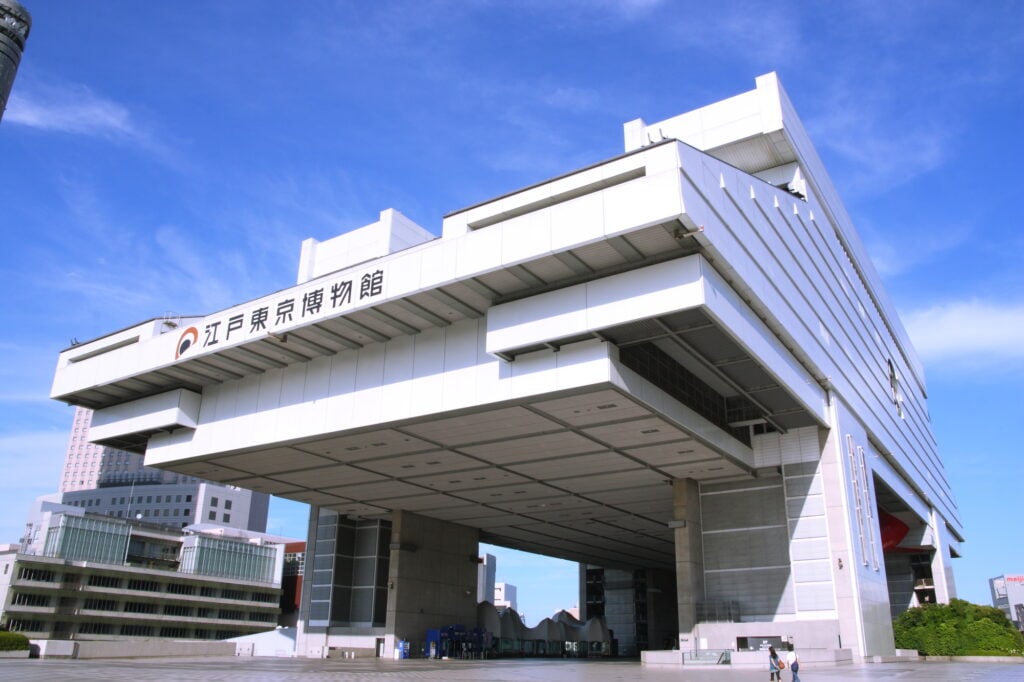They’re handy and convenient, and you can even buy groceries with them. Japan’s Integrated Circuit (IC) transportation cards are one of the things that make travel anywhere in Japan easy. However, recently, several local bus and transportation companies said they simply can’t afford to continue supporting the system that enables them. What does this mean for the future of IC cards – and for your next trip to Japan?
Table of Contents
ToggleThe IC card system

IC transportation cards started as an electronic system for boarding transit systems such as subways and buses. There are around 50 IC cards throughout Japan, each serving a particular region of Japan. The cards are all powered by the same technology – the FeliCa IC chip developed by Sony Corporation.
However, Japan’s transportation system is a complex network of public and private railway and bus systems. Thus, some level of interoperability among these cards and the networks that support them is almost a necessity.
As a result, 10 of these cards belong to what’s known as the Nationwide Mutual Use Area. This means you can use a regional card anywhere that implements support for the nationwide IC card network. This is what enables you, for example, to buy a Suica card from Japan Railways East in Tokyo and use it to board a subway in Osaka, which is served by Japan Railways West.
(And yes, those are separate companies! The national Japan Railways system was broken up into seven separate private companies in 1987.)
Besides using them for transportation, many people use their IC cards as a form of e-money. As of June 2024, 2.26 million businesses throughout Japan accept the 10 major IC cards as payment for purchases.
Kumamoto dips out as renewal proves too expensive

However, supporting IC cards doesn’t come cheap. That’s leading five companies in the city of Kumamoto in Japan’s Kumamoto Prefecture to announce they’ll no longer accept IC cards as of December 2024.
Planning a trip to Japan? Get an authentic, interpreted experience from Unseen Japan Tours and see a side of the country others miss!

"Noah [at Unseen Japan] put together an itinerary that didn’t lock us in and we could travel at our own pace. In Tokyo, he guided us personally on a walking tour. Overall, he made our Japan trip an experience not to forget." - Kate and Simon S., Australia

See a side of Tokyo that other tourists can't. Book a tour with Unseen Japan Tours - we'll tailor your trip to your interests and guide you through experiences usually closed off to non-Japanese speakers.


Want more news and views from Japan? Donate $5/month ($60 one-time donation) to the Unseen Japan Journalism Fund to join Unseen Japan Insider. You'll get our Insider newsletter with more news and deep dives, a chance to get your burning Japan questions answered, and a voice in our future editorial direction.
The reason? The company’s contract for the system expires next year. To renew it, the five companies will need to upgrade all 900 IC card terminals they own. The total cost comes out to 1.2 billion yen (USD $7,650,000).
By contrast, the five companies discovered that if they switched over to using terminals that supported QR code reading and credit card touch transactions, it would cost only half of that – around 670 million yen.
Will this become a trend?
The five Kumamoto companies say the move is necessary as they’re hemorrhaging money. The global health crisis plunged them into a 3.9 billion yen (USD $24.9M) loss.
Additionally, Kumamoto is becoming a hotspot for both tourists to Japan and non-Japanese residents. Kumamoto is home to a large factor for the Taiwan Semiconductor Manufacturing Company (TSMC), which means it’s home to a growing number of foreign workers.
Many tourists and foreign residents expect to be able to use their credit cards to pay for transit – and are upset when they find that’s not the case. Indeed, the majority of Japan’s travelers and foreign residents are from countries in Asia whose use of cashless greatly surpasses Japan. In South Korea, cashless payments accounted for 93.6% of all transactions by 2020. China follows close behind at 83%. By contrast, only 32.5% of all financial transactions in Japan were cashless by 2020.

The good news is that there’s progress. According to Japan’s Ministry of Economy, Trade, and Industry (METI), cashless transactions rose to almost 40% in 2023. Most of that was driven by the growth in barcode/QR code payment applications, which have risen from 0.2% in 2018 to 8.6% in 2023.
One card to rule them all?
There’s no doubt that physical IC cards are charming. JR East and other companies often release limited-editing print cards with specific themes that become hot collector’s items.
Planning a trip to Japan? Get an authentic, interpreted experience from Unseen Japan Tours and see a side of the country others miss!

"Noah [at Unseen Japan] put together an itinerary that didn’t lock us in and we could travel at our own pace. In Tokyo, he guided us personally on a walking tour. Overall, he made our Japan trip an experience not to forget." - Kate and Simon S., Australia

See a side of Tokyo that other tourists can't. Book a tour with Unseen Japan Tours - we'll tailor your trip to your interests and guide you through experiences usually closed off to non-Japanese speakers.


Want more news and views from Japan? Donate $5/month ($60 one-time donation) to the Unseen Japan Journalism Fund to join Unseen Japan Insider. You'll get our Insider newsletter with more news and deep dives, a chance to get your burning Japan questions answered, and a voice in our future editorial direction.
However, with the ongoing silicon chip shortage and the increased expense of printing them, many rail companies are moving away from issuing physical cards. For example, you can no longer get “anonymous” Suica and PASMO cards (i.e., cards that don’t have the buyer’s name printed on them). JR East also plans to launch an app version of its Welcome Suica card for tourists in a bid to encourage greater use of smartphone payments.
At the same time, some transportation companies are experimenting with providing alternatives to IC cards altogether. Fukuoka City currently supports credit card tap to pay for all three of its city-operated lines. And Tokyu Railways is experimenting with a code-based system that accepts credit cards on its Denentoshi line in Toyko.
Experts say they don’t see a mass movement away from IC cards…yet. However, more companies could elect for credit card/QR code systems as their current contracts with the national network expire. That could lead to a movement towards a single payment system that’s easier for both residents and visitors to use – no matter where in Japan they travel.
Get More UJ
What to read next

You could pay up to three times more to visit some of Japan’s best museums if their boards heed the government’s call.

One of Tokyo’s most beloved and culturally significant museums is finally set to reopen to the public on March 31st.

The chain’s owners ultimately ordered the store to take the sign down. Here’s why many Japanese netizens defended it.
Sources
もうすぐ「交通系ICでは乗れません」…地方のバス・鉄道に「離脱」の動き 賛否両論と「次のシステム」. Tokyo Shimbun
世界のキャッシュレス比率から日本のキャッシュレス化の現状を解説!Ebisumart Media
2023年のキャッシュレス決済比率を算出しました. METI

